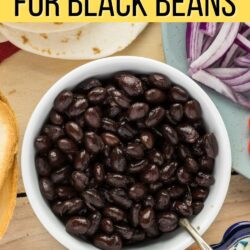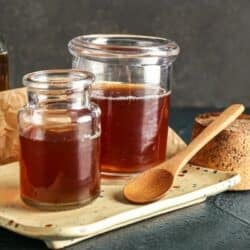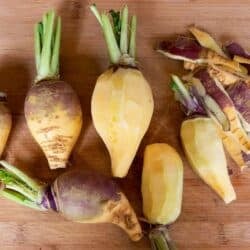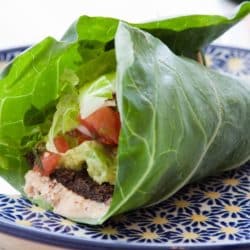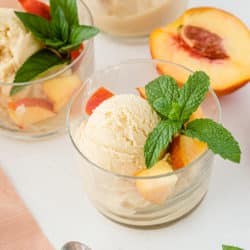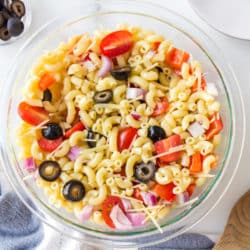7 Substitutes for Black Beans (Including Mushrooms!)
If you need black beans in a recipe, but don’t have any on hand, you’re in luck! Many great substitutes can give your food that same delicious flavor, nutrition, and texture. Here are some substitutes for black beans including kidney beans, pinto beans, chickpeas, black-eyed peas, lentils, white beans, mushrooms, and nut butter.
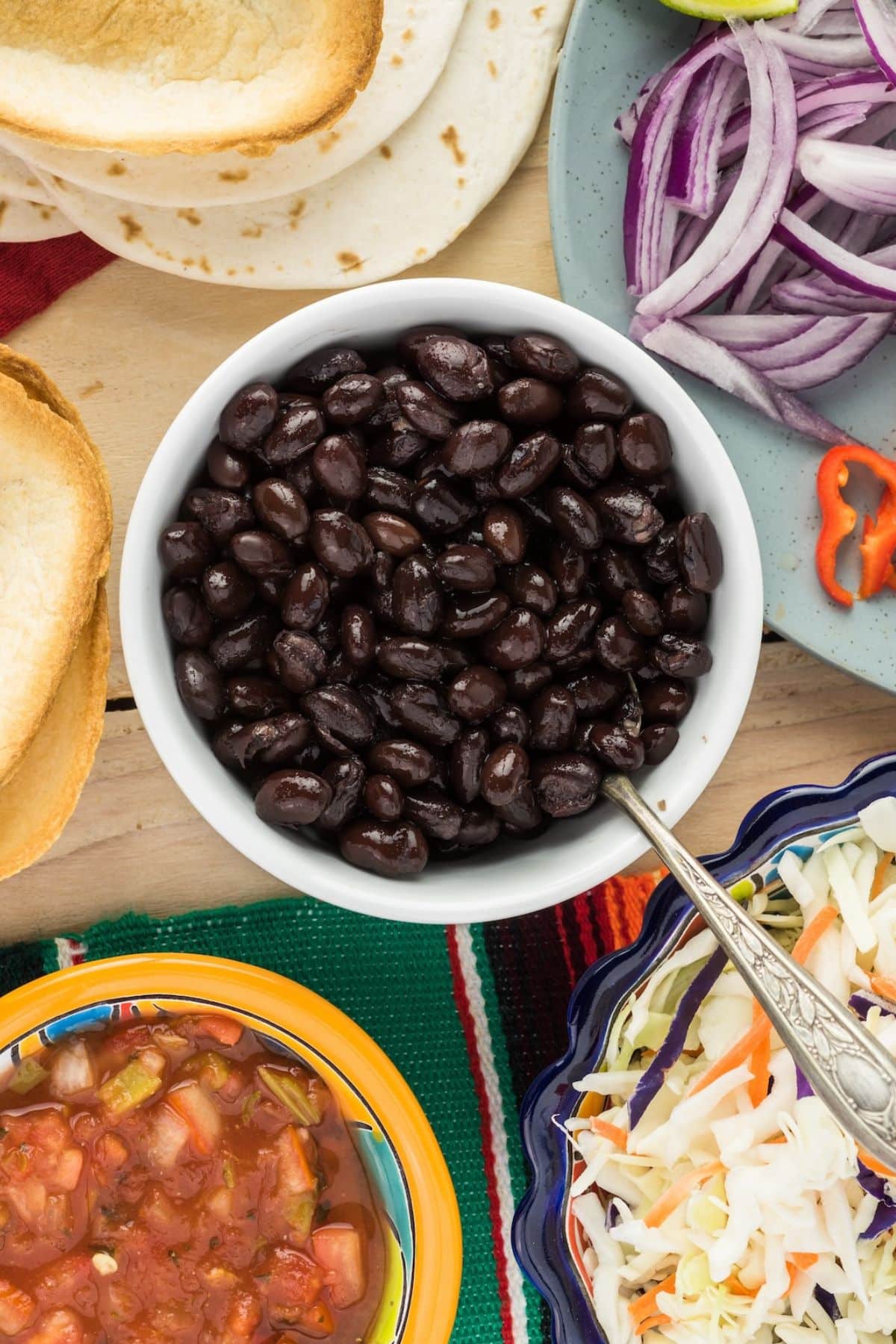
Popular worldwide for their versatility and health benefits, black beans are one of the most nutritious legumes you can eat. They are a great source of protein and have a meaty texture, making them an ideal meat substitute in vegan and vegetarian diets.
Also known as black turtle beans or frijoles negros (the Spanish translation), black beans lend themselves well to all types of dishes.
A staple ingredient in Latin American cuisine where they are often served with rice, in burritos, or as part of a chili, they are also popular in North America where you’ll find them in everything from salads to vegetarian burgers.
Additionally, they are wonderful when pureed and used as an ingredient in baked goods like black bean brownies, producing the richest, gooiest treats you’ll ever enjoy!
Black beans are available dried or canned. Note that regular black beans are different than black soybeans.
Dried beans tend to be the best option – not only are they cheaper, but they are free from the sodium added to canned beans to help preserve them. Canned beans are generally seen as the more convenient option, but you can significantly cut the cooking time for dried beans by soaking them overnight. This increases their digestibility, too!
Substitutes for Black Beans
What happens if you have a recipe calling for black beans but you don’t have any on hand?
Fortunately, there are some great alternatives you can try. Here we will look at each in a bit more detail so you can try them in your favorite recipes.
1. Kidney Beans
A perfect substitute for black beans in everything from soups and stews to chili and salads, red kidney beans have a dense and meaty texture similar to that of black beans.
Kidney beans are oval-shaped beans and may be the best substitute overall for black beans. They taste a little different, but since their flavor is so mild the difference is barely noticeable.
They’re nutrient-dense, too, rich in potassium, calcium, and phosphorus, and providing plenty of protein and iron.
Another bonus is that – just like black beans – kidney beans hold their shape well during cooking. That said, they are slightly softer and a little easier to mash or puree, so you may even find you prefer them for things like dips.
Because kidney beans (also called red beans) are larger than black beans, they take a bit longer to cook. This is important to remember when using them as an alternative and you may need to adjust the timing of your recipe.
To substitute one cup of black beans, use one cup of kidney beans.
2. Pinto Beans
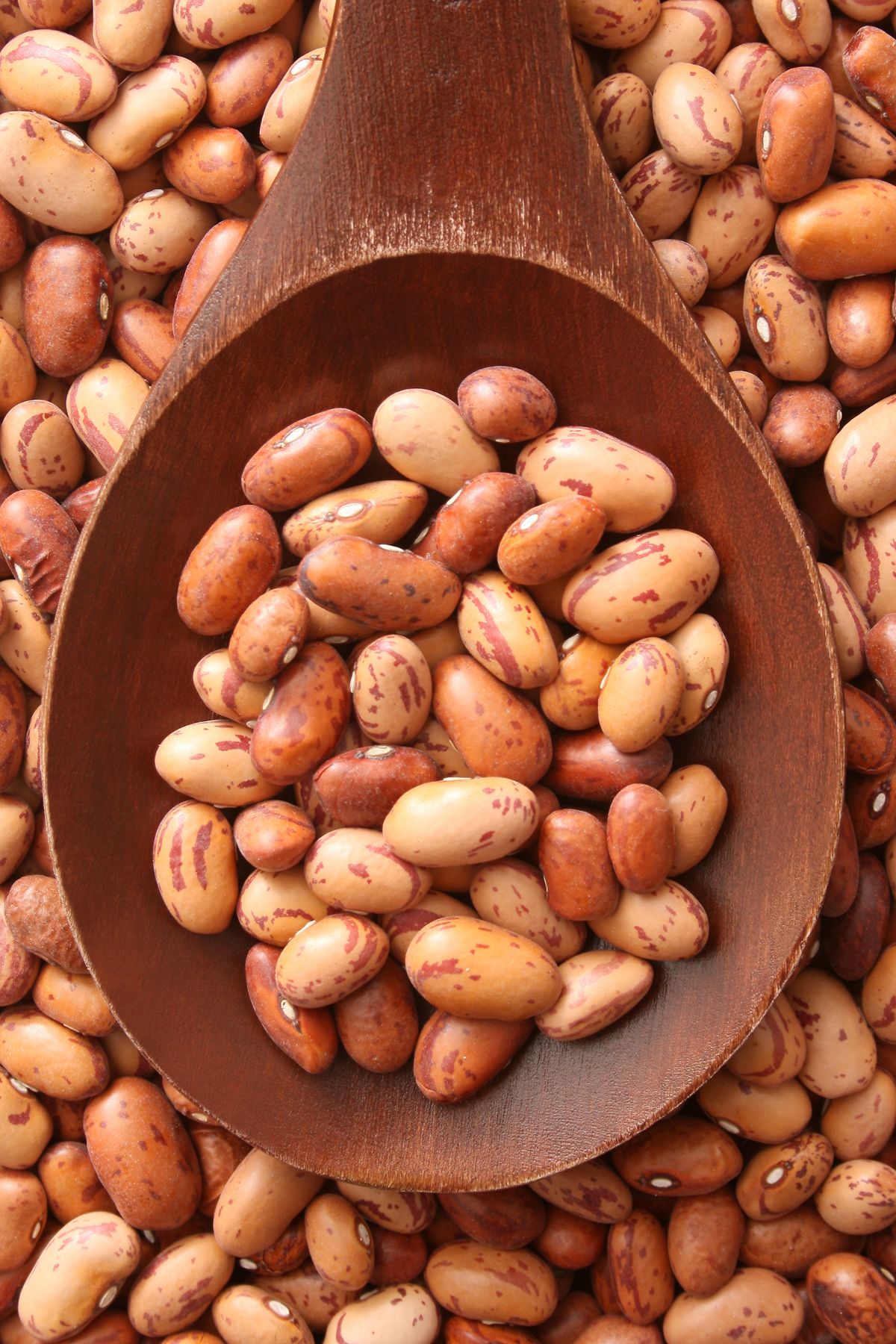
Light in color and with a speckled appearance, pinto beans taste richer and nuttier than black beans and have a creamier texture. They are a very good choice if you need an excellent substitute for black beans.
They hold their shape well while cooking but are a little easier to mash, making them a perfect choice for refried beans.
They are also great in soups, casseroles, and salads, along with Mexican dishes like enchiladas, tacos, and burritos.
Pinto beans are highly nutritious – rich in protein, fiber, vitamins, and minerals – but just a little higher in calories than black beans (245 per cup of cooked pinto beans compared to 227 per cup of black beans).
Like kidney beans, pinto beans are larger than black beans, so don’t forget that they’ll take a little longer to cook.
To substitute one cup of black beans, use one cup of kidney beans.
3. Chickpeas (Garbanzo Beans)
Chickpeas have a very mild flavor and while it’s different to that of black beans, it works perfectly well in their place.
Ideal for topping salads or mixing into soups, stews, and casseroles, chickpeas are easy to puree to a velvety smooth texture (which is why they are commonly used to make healthy hummus).
This means that they are great for dishes where you’d planned to mash or puree black beans, particularly baked dishes like brownies! I love to use chickpeas in my edible cookie dough.
Chickpeas are another healthy substitute for black beans with a similar texture – rich in B vitamins, dietary fiber, and potassium – but their calorie count is a bit higher (268 per cup of cooked pinto beans compared to 227 per cup of black beans).
Chickpeas are often called garbanzo beans at the grocery store, the names are interchangeable. They make an excellent substitute for black beans, although they are light beige in color, as opposed to black in color.
To substitute one cup of black beans, use one cup of chickpeas.
4. Black-Eyed Peas
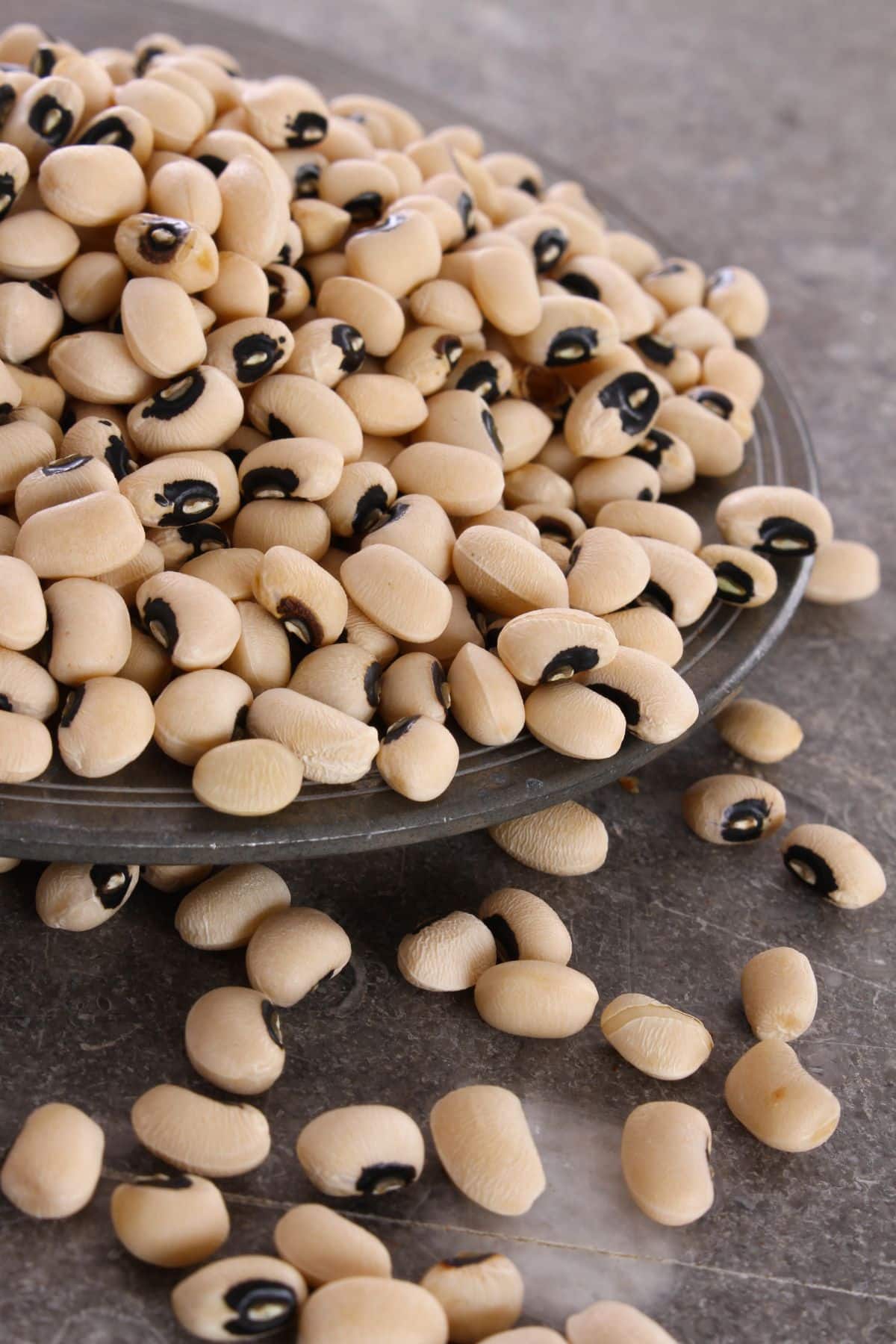
Despite their name, black-eyed peas are not peas at all – they’re beans!
They have a stronger taste than black beans so they will affect the flavor of your finished dish. I would describe them as having a nutty flavor or an earthy flavor.
This means black-eyed peas are suitable for dishes like soups, salads, and casseroles, but less than ideal for baked goods like brownies.
On the plus side, black-eyed peas (also known as cowpeas) are very nutritious, packed with protein, fiber, iron, folate, thiamine, and copper.
They are lower in calories than black beans, too, which makes them a good alternative if you’re following a calorie-controlled diet.
To substitute one cup of black beans, use one cup of black-eyed peas.
5. Lentils
Lentils are smaller than black beans and cook a lot faster, so they make a great substitute if you need to produce a meal in a hurry!
They work well in a variety of dishes, including salads, tacos, enchiladas, soups, stews, curries, veggie burgers, and more.
It’s very important, however, to prepare them carefully – their small size means that it’s very easy to overcook them to the point that they become mushy.
While there are several varieties to choose from – including red, green, brown, black, and yellow lentils – I recommend green lentils (especially the Puy variety) if you need them to hold their shape after cooking.
Just like black beans, lentils are highly nutritious. For the healthiest option of all, choose black lentils (often called Beluga lentils), considered to be the richest sources of protein, iron, and calcium.
To substitute one cup of black beans, use one cup of lentils.
6. White Beans
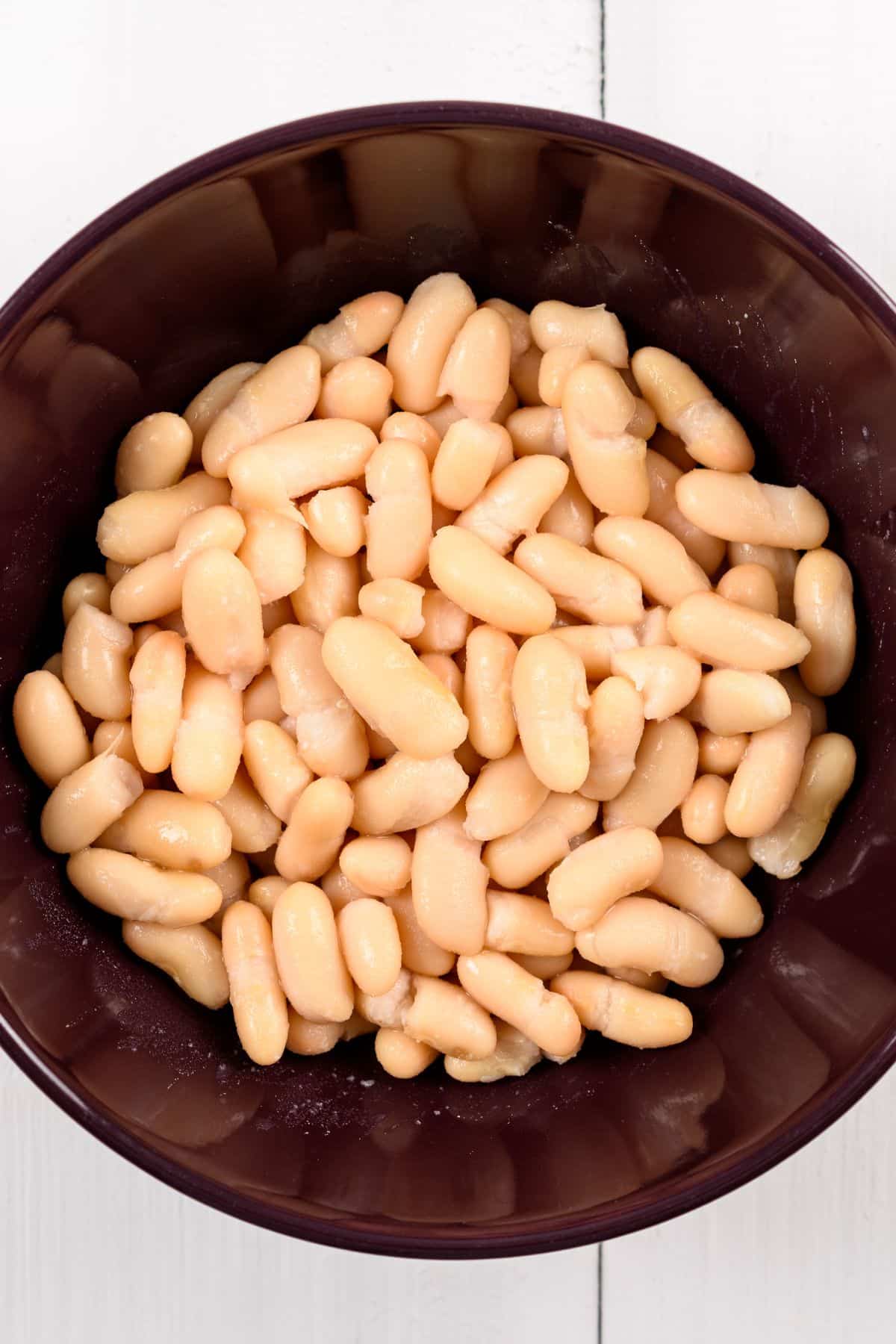
When it comes to white beans, you have a lot of choices, from white kidney beans (also known as cannellini beans) to navy beans and Great Northern beans.
White beans have a texture similar to black beans but just a little softer, so while you can use them in any recipe calling for black beans, they’re particularly ideal for dips and spreads.
White beans tend to be relatively mild in taste – so they won’t affect the overall flavor of your dish – and they have very similar nutritional profiles, providing plenty of fiber, protein, iron, folate, and magnesium.
To substitute one cup of black beans, use one cup of white beans.
7. Mushrooms
Mushrooms may not immediately spring to mind as a substitute for black beans, but there are a few situations where they can work very well!
Seasoned and cooked, they are a delicious alternative in tacos, burritos, and fajitas. Yes, the flavor is quite different, but can be a big improvement if you’re not a huge fan of beans in general!
They are great on salads or as a topping for Buddha bowls, and you can even use them instead of black beans in soups and stews.
Just remember that they won’t have the thickening properties of beans and will likely increase the liquid content of your dish. Be sure to either cut back on any wet ingredients in your recipe or cook the mushrooms before adding them to the dish.
Another consideration is that mushrooms don’t offer the same protein content as black beans, so you’ll need to add another protein source to your meal.
They do, however, provide B vitamins, phosphorus, selenium, copper, and potassium. And – depending on how long they have been exposed to UV light – they may provide some vitamin D, too!
To substitute one cup of black beans, use around 2 to 2.5 cups of raw, chopped mushrooms.
This will account for the shrinkage that occurs during cooking.
8. Nut Butter
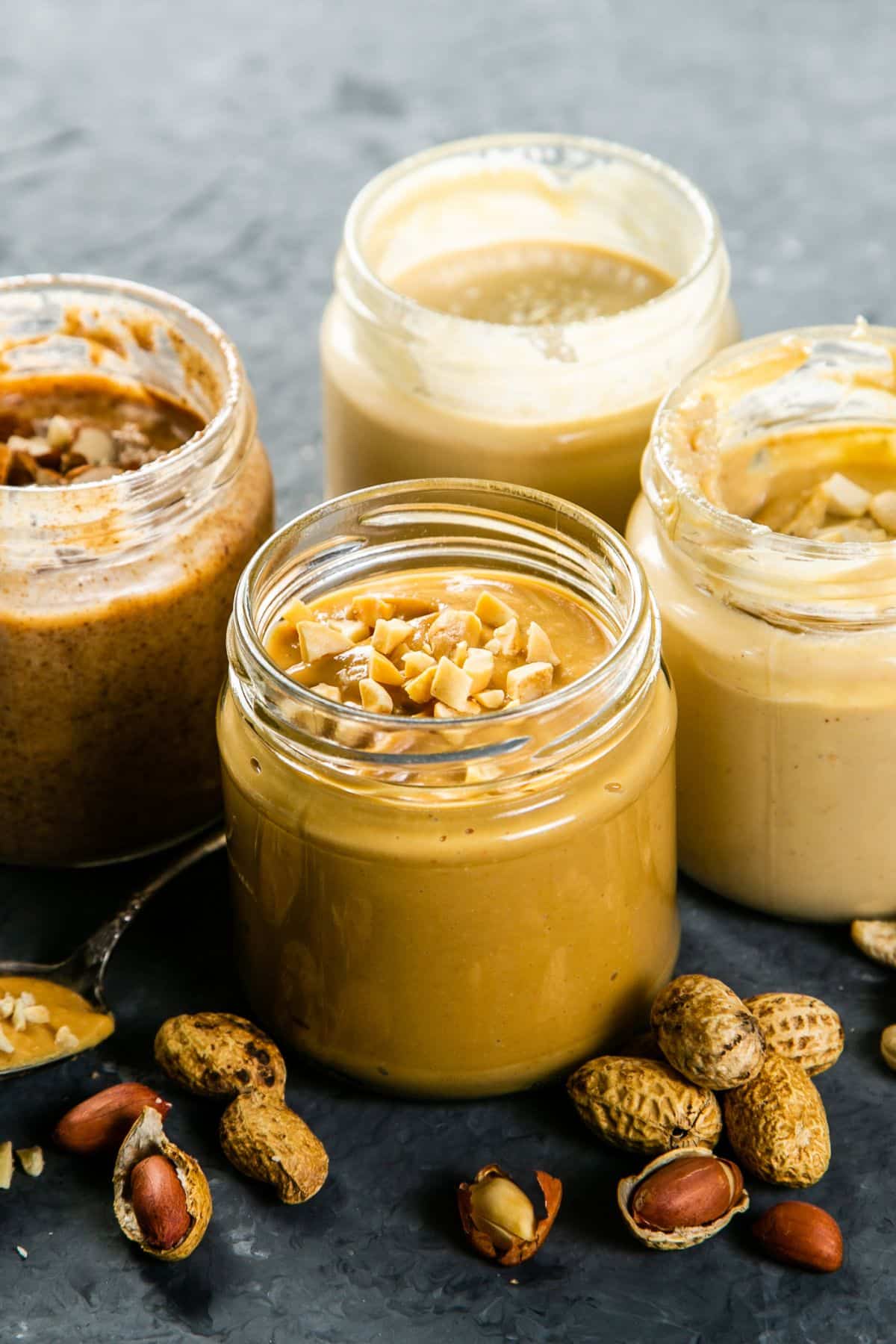
While nut butter won’t work as an alternative to black beans for every dish, it’s ideal for those where you are trying to replicate the creamy mouthfeel of pureed beans.
Nut butter can add richness to sauces, a creamy texture to dips and spreads, and moisture to baked goods like brownies and cookies. It can also act as a binding agent.
If you need to avoid nuts, opt for a seed butter like sunflower butter instead.
To substitute one cup of mashed black beans, use one cup of nut or seed butter.
Just remember that nut/seed butters are denser than mashed black beans, so you may need to add a little liquid to achieve the texture you want.
Pros and Cons of Black Bean Substitutes
Here’s a chart summarizing the best substitutes for black beans in various recipes, including the pros and cons.
| Substitute | Pros | Cons |
|---|---|---|
| Kidney Beans | Similar texture, rich in nutrients. | Slightly softer, longer cooking time. |
| Pinto Beans | Rich, nutty flavor, creamy texture. | Different flavor, slightly higher in calories. |
| Chickpeas | Versatile, good for pureeing. | Different flavor, slightly higher in calories. |
| Black-Eyed Peas | Strong taste, very nutritious. | More nutty and earthy, less suitable for sweet dishes. |
| Lentils | Cook quickly, highly nutritious. | Smaller, can become mushy if overcooked. |
| White Beans | Mild flavor, similar texture. | Softer texture, may not suit all recipes. |
| Mushrooms | Good for adding umami and texture. | Different flavor, no protein substitute, increases liquid. |
| Nut Butter | Adds richness and creaminess. | Very dense, may require adjustments for moisture. |
More Articles About Substituting You Might Like
Conclusions
While black beans are a tasty and nutritious ingredient, there are plenty of substitutes that will work just as well in their place. From the dense, meaty textures of kidney and pinto beans to the mildness and versatility of chickpeas and white beans, each of the alternatives I’ve recommended brings its own flavor – and range of important nutrients – to your dishes.
Don’t forget to join my newsletter list to get exclusive clean eating recipes and tips. The newsletter is 100% free with no spam; unsubscribe anytime.
About the Author: Carrie Forrest has a master’s degree in public health with a specialty in nutrition and is a certified holistic nutritionist. She is a top wellness and food blogger with over 5 million annual visitors to her site. Carrie has an incredible story of recovery from chronic illness and is passionate about helping other women transform their health. Send her a message through her contact form.


